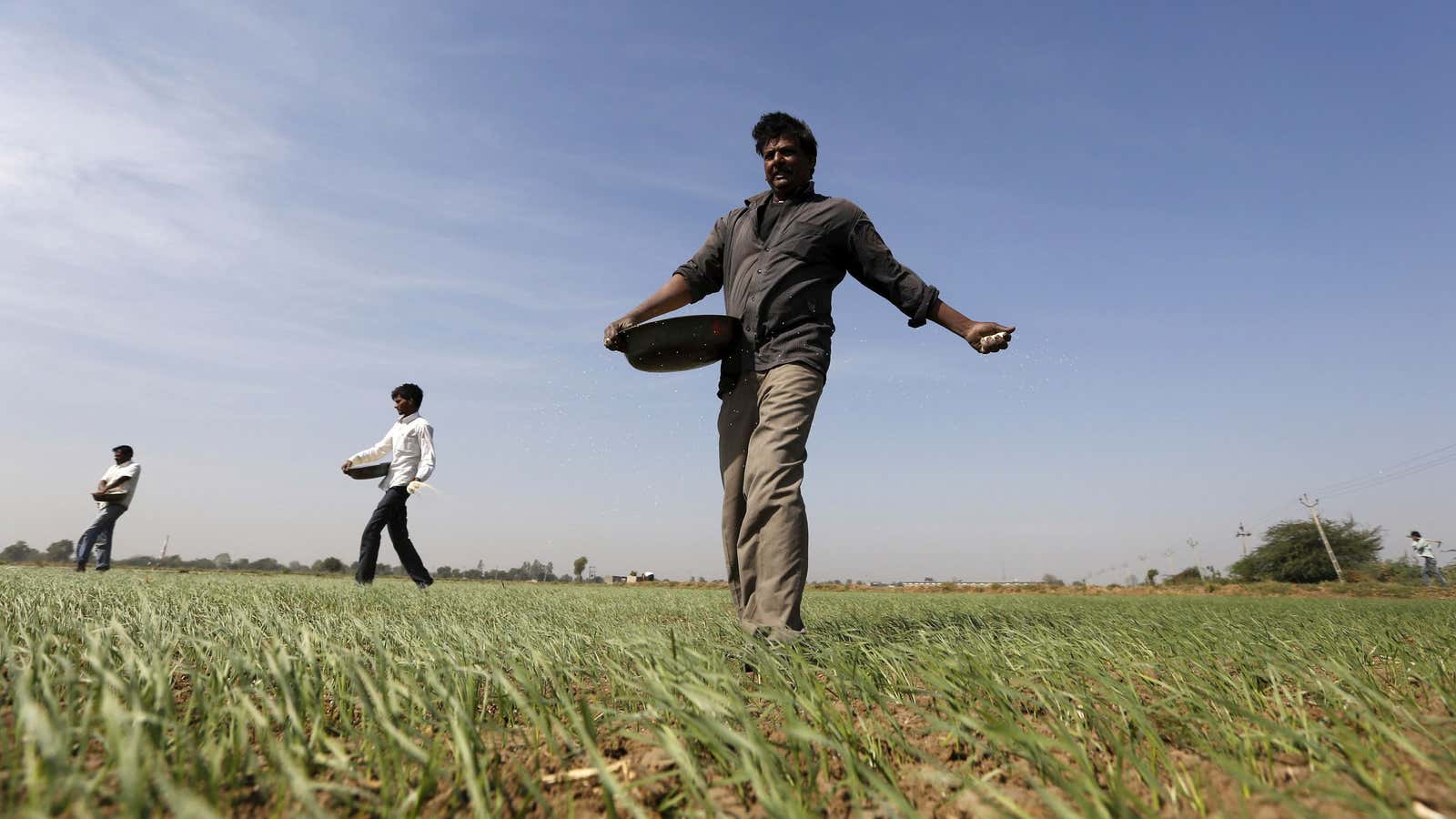Worsening weather conditions are driving farmers in Bangladesh out of their homes.
Nearly 200,000 coastal residents will be forced to migrate to inland areas to find alternative livelihoods, according to a recent study. This will be caused by increased inundation and saline contamination of the soil, hitting crop production and incomes, said the study by Valerie Mueller, a research fellow at the International Food Policy Research Institute (IFPRI), and Joyce Chen, associate professor at Ohio State University.
“Many parts of Bangladesh are under severe threat of future sea-level submergence, but studies show the migratory response to flooding is likely to be minimal, as most farmers have already adapted their cultivation practices to cope with changes in the frequency and intensity of flooding in this deltaic region,” Mueller said in the press release on Oct. 22. “However, our study shows increased soil salinity from rising seas will push nearly 140,000 coastal residents to migrate to another location within their district, and nearly 60,000 would move to alternate districts.”
The researchers merged administrative data on migration and production, covering nearly half a million coastal households in a year, along with onsite data on environmental factors to draw associations between migration and soil salinity.
From crops to fish
A country like Bangladesh is especially vulnerable to climate change. The country’s population at risk of sea-level rise is expected to touch 27 million by 2050, as per the United Nation’s Intergovernmental Panel on Climate Change (IPCC) (pdf).
According to Mueller and Chen’s study, households facing moderate saline contamination earn almost 5,000 Bangladeshi taka (around $60) or 21% less in crop revenue each year, compared to households facing only mild soil salinity.
But there isn’t a one-size-fits-all solution to the climate crisis for the people of Bangladesh. “…we find distinct migration responses to rises in soil salinity. Internal migration increases with soil salinity, while international migration declines with soil salinity,” Mueller told Quartz. “Some of the qualitative studies in the region suggest that those who would typically be inclined to move abroad might be staying to take advantage of jobs provided by the growing aquaculture sector.”
In the affected regions, taking up aquaculture helped soften the blow. When soil salinity moves from low to high levels, there’s a nearly 57% increase in the share of revenue from aquaculture, the research revealed.
But there’s no smooth line defining the phenomenon. “Rather, there appears to be “tipping points” that lead to migration and/or conversion to aquaculture,” Chen told Quartz. “With tipping points, there is (a) greater risk of seeing large, discrete changes as well—for example, (a) mass exodus from a coastal community.”
With people taking advantage of the aquaculture opportunities, there may be more barriers that come up for traditional farmers, too. Infrastructure projects such as embankments and polders may have more limited success since households involved in fishing would do fine with brackish water, making them reluctant to maintain such infrastructure, the study found.
Where to move?
Most migrants from coastal areas are likely to enter the capital city of Dhaka and neighbouring districts in the coastal region itself, the researchers found.
The Chittagong and Khulna districts—home to the second- and third-largest cities in Bangladesh—are likely to witness the highest within-district additional migration, estimated between 15,000 and 30,000 people per year.
“To minimise moving costs, and remain close to family, individuals may move inland where the demand for agricultural labor is relatively unaffected by salinity,” Mueller said. “However, higher wages and denser labour markets may draw workers instead to urban areas.”
The biggest burden of climate change falls on lower-economic households, who neither have the luxury to move, nor are they able to sustain their existing living.
“Financial constraints limit poor households from moving over longer distances, signaling a trapped population dynamic, raising concerns that the most vulnerable households may be the least resilient in the face of climate change,” Chen said.
